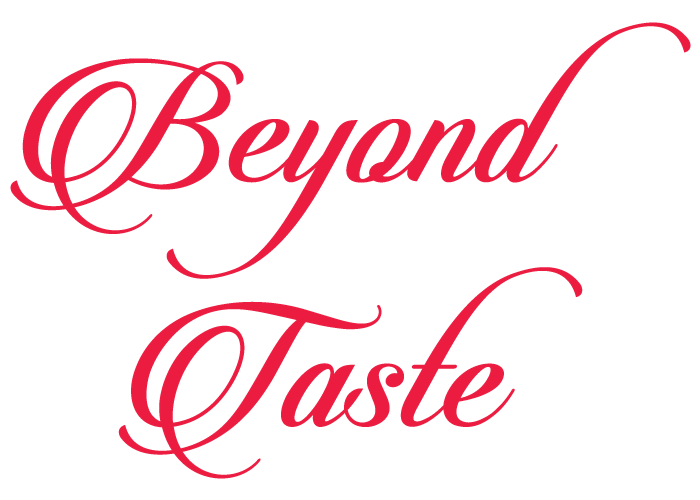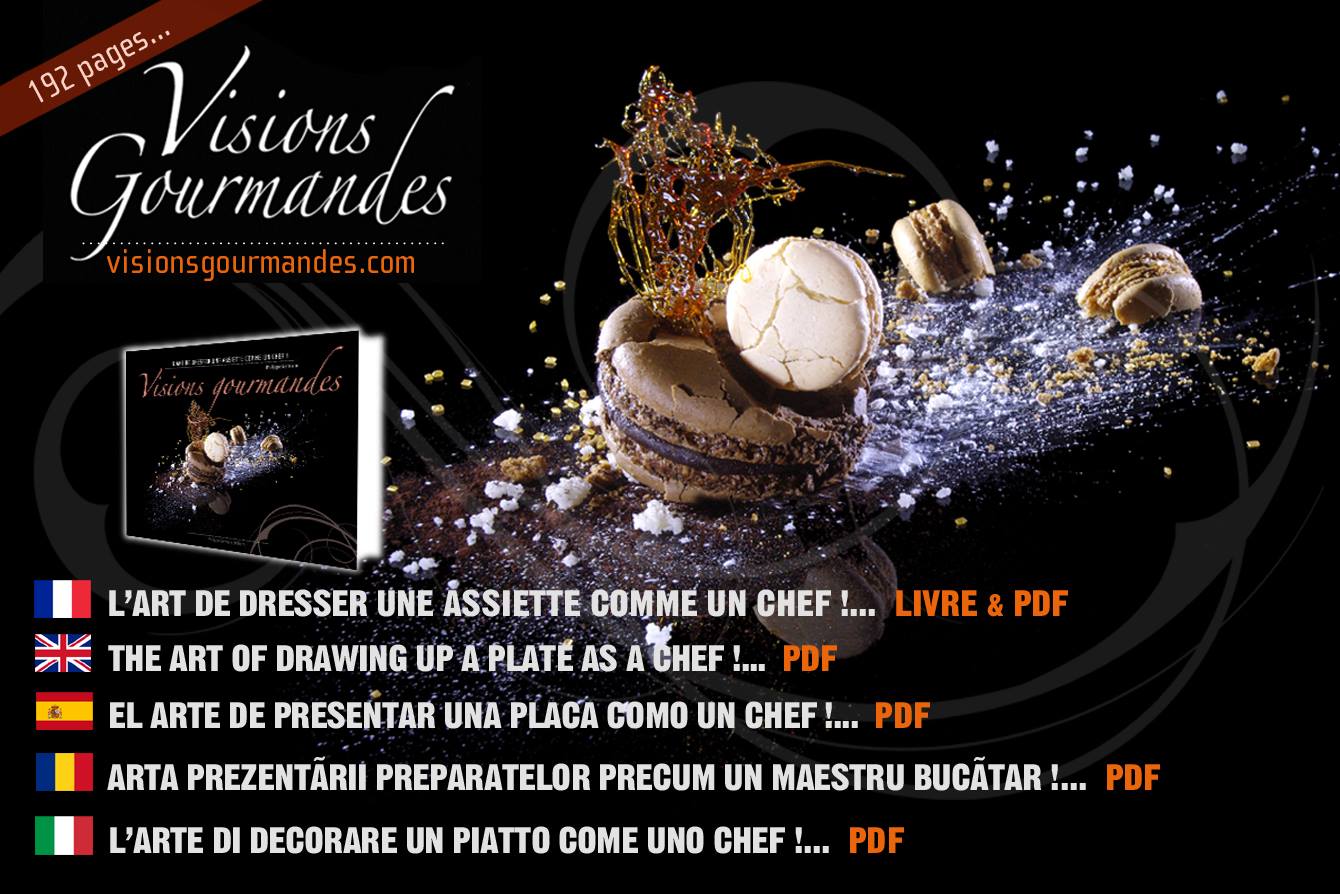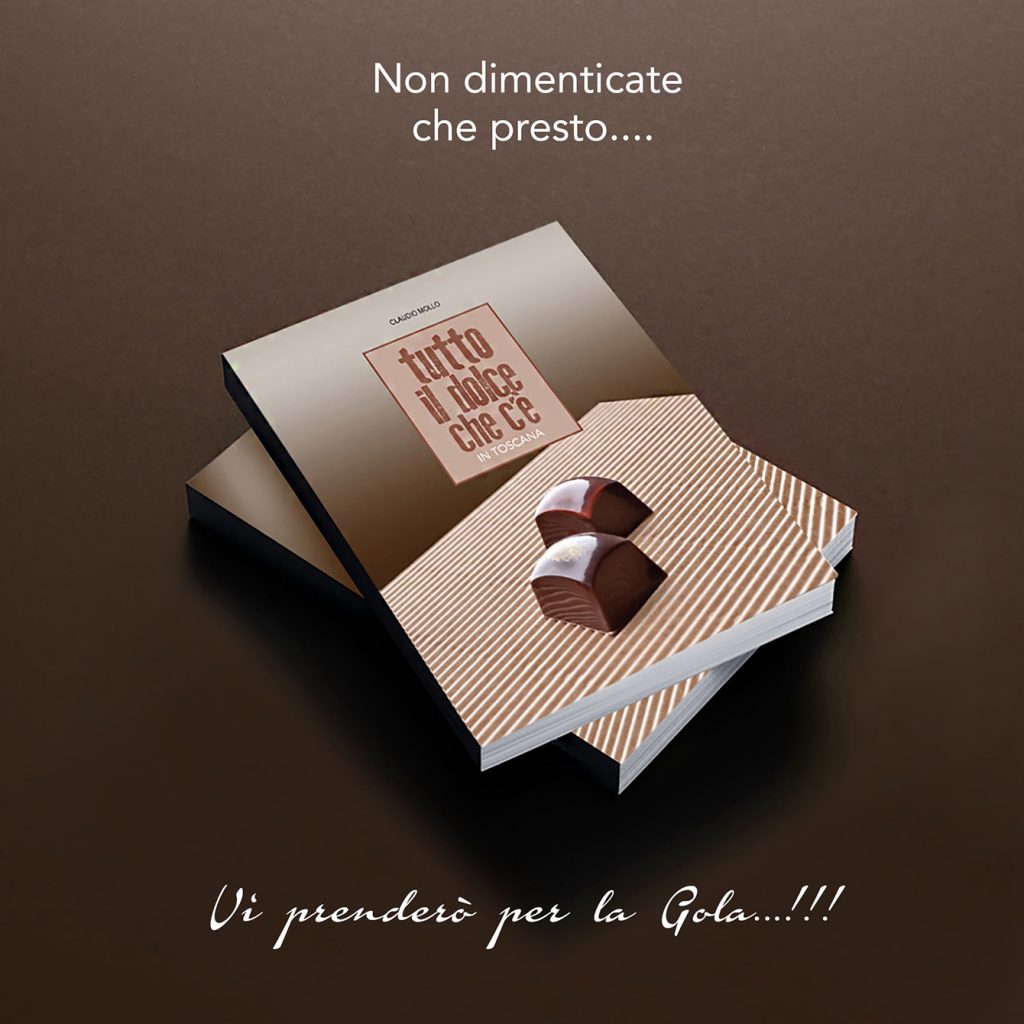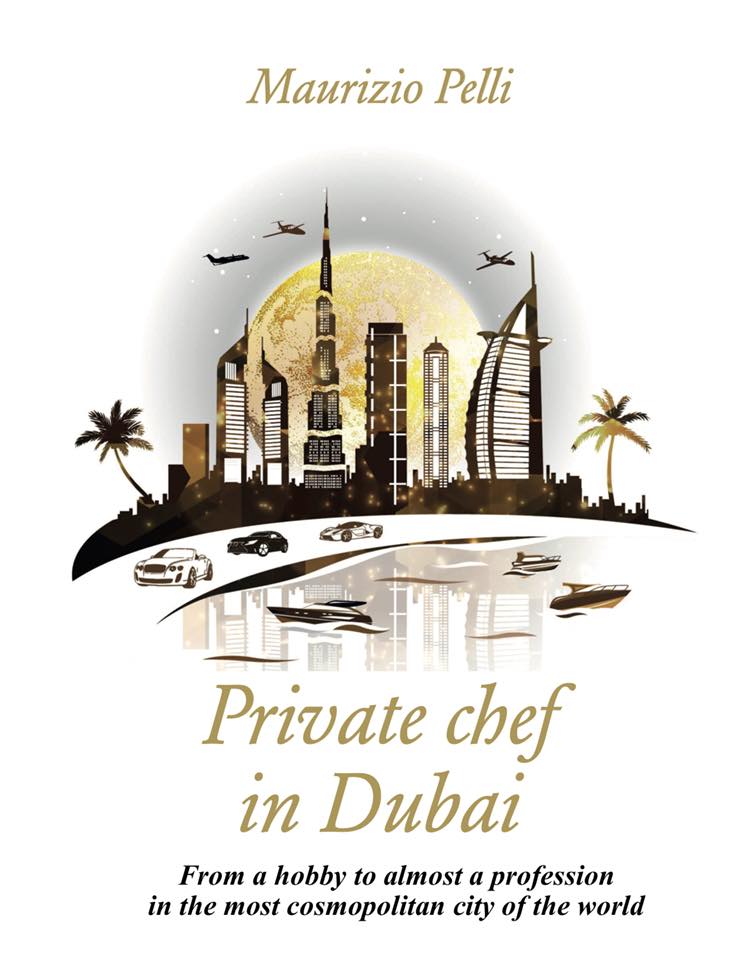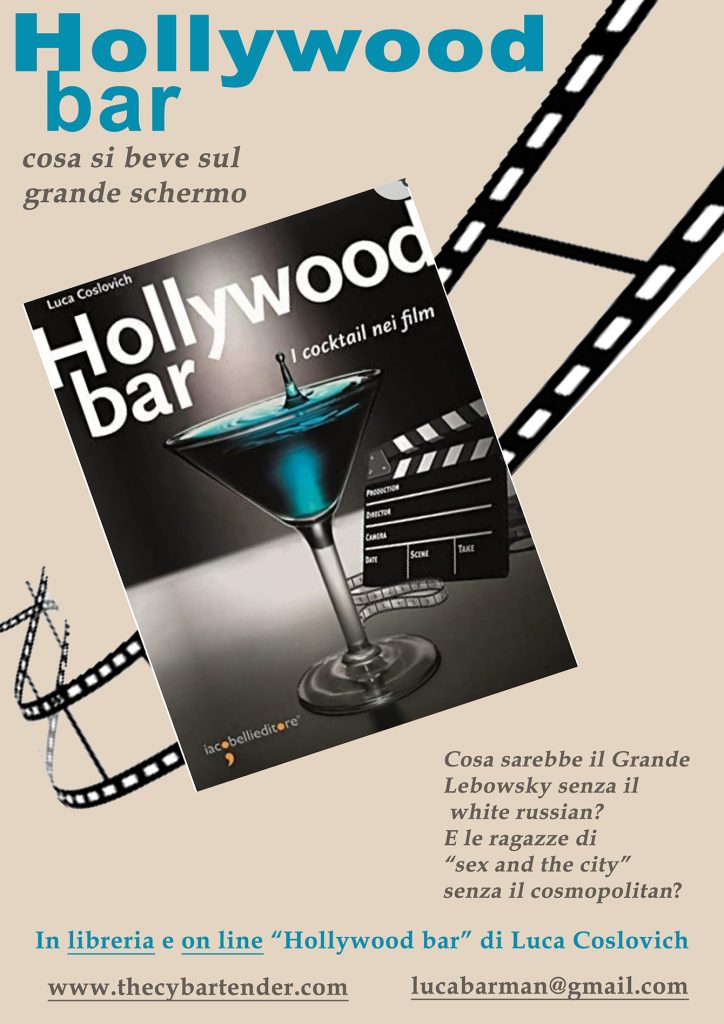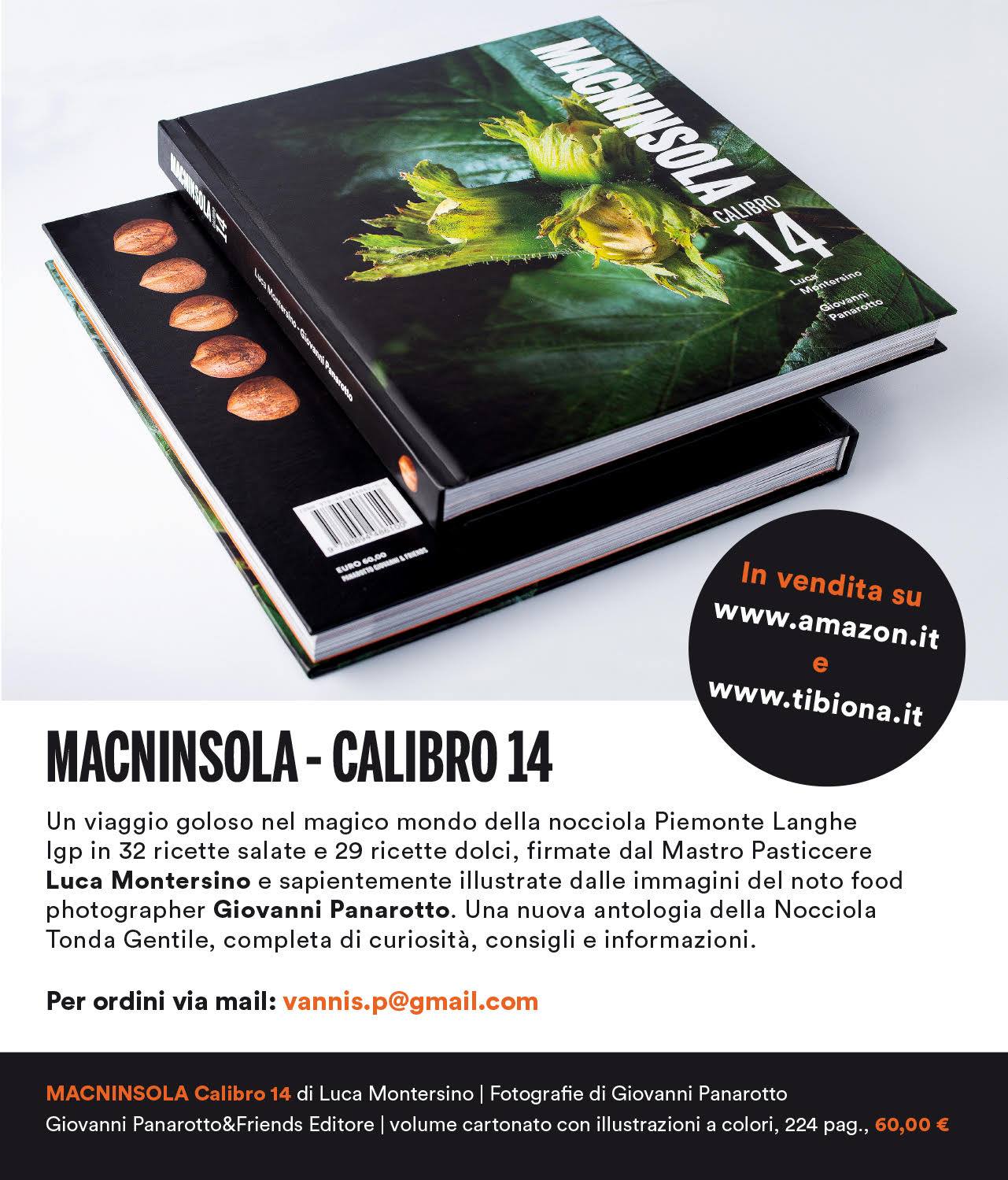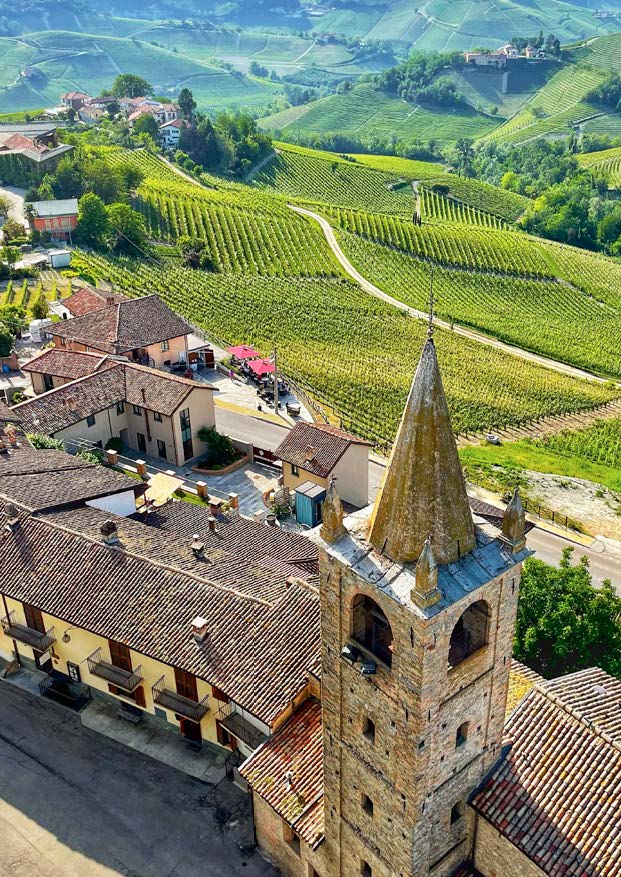
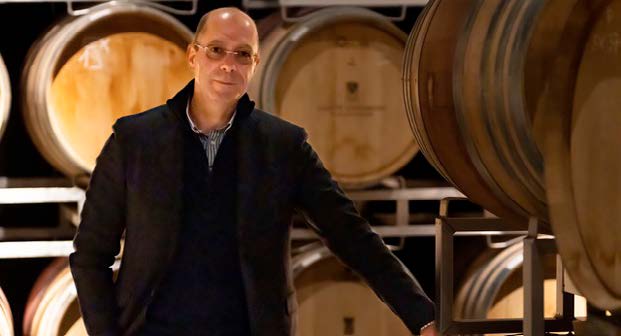
Instagram: @marco_felicissimo_sommelier
Photos by Marco Orrù, Instagram: @mo_art_ph
Interview By: Journalist Margaux Cintrano
BIO
My name is Marco, I’m Italian and I prefer to define myself as ‘Digital wine teller’. I’m a certified sommelier (Italian Sommelier Association – AIS) and recently I also passed the exam WSET 2 with distinction in English. I have been studying wines and their respective regions for more than twenty-five years. I like tasting wines and good food, travelling and exploring wine regions all over the world to get to know as much as possible, there is so much to learn! I love sharing my experiences and what I have learned about the wine world. I have travelled to several wine regions and there is still a lot to see out there. All wine regions are fascinating and every bottle of wine tells its own story.
Margaux: What and who were the catalysts that empowered you to study to become a sommelier ? Where were you born and raised in Italy?
Marco: I’ll start by answering the last part of the question. I was born in Abruzzo region but raised in Rome as my parents moved there when I was a child. In summertime, as a kid I used to spend some time with my grandfather in Abruzzo and I remember being fascinated by his activities at the vineyard taking care of the Montepulciano vines and, of course, by him drinking his own wine for dinner.
In addition, I have always loved good food, either traditional dishes or more gourmet preparations and eating a good meal goes together with drinking wine, it is a well rooted habit. It is actually an historical combination, for centuries food and wine have been paired for a convivial meal with friends or just within the family. This is another aspect about wine that fascinates me. We don’t have to forget that wine origins date back 10,000 years! Especially for Mediterranean countries, the so called Mediterranean diet (UNESCO World Heritage) is the exemplification of the conviviality, the habit of eating together which is the foundation of the cultural identity and continuity of communities. It is a moment of social exchange and communication, an affirmation and renewal of family, group or community identity and wine has always been there to enhance this convivial attitude. This is why I continue to study wines and explore wine regions when I can. There is so much to learn. Every wine is the result of the history of the territory where it comes from, especially if we speak about native grapes.
Growing up I also realised how much I was in love with the Italian wine regions’ countryside. Even now a long walk in a hilly area through vineyards is for me something that I would love to do every day, something that is unbeatable, especially in some regions like Tuscany and Piedmont. I’m sure our lovely Luna, the golden retriever, agrees with me!
Margaux: As in all fine wines of the world and as you mentioned, grapes are woven inextricably through the fabric of daily Mediterranean life. With this in mind, what are some of your favourite wines from France, Italy and Spain?
Marco: This is a difficult question, there are outstanding wines made from different grape varieties in those three countries and beyond. I’ll answer by focusing on the native grape varieties and their respective important designations of origin, rather than specific wines. My favourite wines are usually monovarietal ones. I generally prefer red wines but it obviously depends on the food you want to pair the wine with. As far as Italy is concerned, I’m in love with the Nebbiolo grape variety and its main expressions from Piedmont region: Barolo, Barbaresco, Roero, Ghemme and Gattinara. In particular, the one that is always able to trigger positive emotions in me, it is Barolo. Generally speaking, Nebbiolo is a fascinating grape and full of contrasts; wines from Nebbiolo are incredibly complex with seemingly disparate notes that come together to form a beautiful whole. Very often its colour is pale garnet, it has high acidity and concentrated flavours, as well as a high level of tannins which might take years to tame. On the nose, you can smell ethereal notes of rose petals as well as earthy tar. On the palate, fruit notes include red currant, cassis, black cherry, raspberry, strawberry, and cranberry. These notes are balanced by secondary flavours of forest floor, limestone, spices, violet, rose, tar, balsamic notes, and truffle. The interplay between acidity, primary and secondary notes, and tannins is something special, difficult to find in other red wines. From my point of view, Burgundian wines made from Pinot Noir grape are France’s distinctive feature. In that region, drinking Pinot Noir wines dates back to the first century during the Romans’ occupation of the Gaul region (France). Red wines from Pinot Noir are rich and complex but not particularly heavy or strong in alcohol. They usually have a complex set of aromas of black cherry with hints of spiciness like cinnamon, along with earthy notes such as mushrooms, leather, truffles and meat. Pinot Noir is another incredible grape variety able to satisfy the most demanding wine connoisseurs but it might be difficult to be appreciated by wine novices, this is actually true for both Nebbiolo and Pinot Noir varieties. Tempranillo, which is Spain’smost important black grape variety, is one of my favourite Spanish grape varieties. It is a versatile grape considered native to the Rioja region. In this case, instead of focusing on the well-known top-scoring wines from Rioja and Ribera del Duero, I would suggest the Tempranillo based wines from the Toro region where actually the grape is called Tinta de Toro. The ampelographic characteristics are very similar to those of the Tempranillo or Tinto Fino, but since it has been located in the area for several centuries, it has a name and personality of its own. Wines made from Tinta de Toro can have flavours of cherries (red and black), raspberries, blueberries, blackberries, plum, spices and herbs. Oak barrel maturation adds flavours of vanilla, cocoa, tobacco and caramel. The Toro designation is becoming more and more important and wines from this region have started winning important awards.
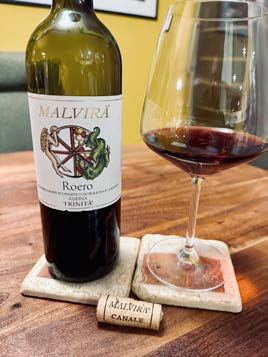
Margaux: To produce a fine wine, it takes vision, optimal climate, geological features, commitment amongst many other factors. What are your views on the growing number of organic wines?
Marco: I would like to introduce my answer by mentioning a recent very interesting analysis carried out by Madeline Puckette, famous Wine Communicator and co-founder of Wine Folly, and Carlo Mondavi, grandson of Robert Mondavi. According to the results of this study, four pillars can essentially summarise what makes a great wine: excellent quality grapes, high level wine making, long term vision and art. Also, this statement by Robert Mondavi gives a better idea “Making good wine is a skill, making fine wine is an art”. These pillars are of course influenced by the terroir (mother nature’s influence on grape growing including climate, soils and other aspects dealing with the natural world), the vintage (the choices made by humans to facilitate grape growing throughout a single year/vintage; i.e. pruning, irrigation, soil treatments, pest management, harvest timing, etc) and, last but not least, the type of viticulture (from less to more sustainable: conventional, organic, biodynamic, and the innovative permaculture). With regard to the type of viticulture, nowadays, great vineyards lean towards becoming sustainable. If you look at a winery’s vineyard as a whole, you’ll notice that their viticultural practices lean towards sustainable viticulture. Especially in France, the best wineries are sustainable because they have a long term vision. This is slowly happening also in Italy, where some of the best wineries have already adopted organic and or biodynamic practices. Some of them are not officially certified but they are de facto organic/biodynamic. The importance of the long term vision derives from the fact that most people, mistakenly, think of sustainability in terms of environment only. Sustainability also involves social and economic aspects, in particular these are: environmental responsibility, social equity and economic viability. These three aspects reinforce each other and have as a result a long term increase of profitability aimed at maintaining the winery, the land and the community. My view on this is that the process of increasing wineries’ sustainability is already ongoing and spreading more and more among wine producers. They are in fact aware that without a high level of sustainability there will be no future and this process is irreversible.
About the grape quality, the first pillar I mentioned, another great statement by Robert Mondavi is “You can make bad wines with great grapes but you can’t make great wine with bad grapes”.
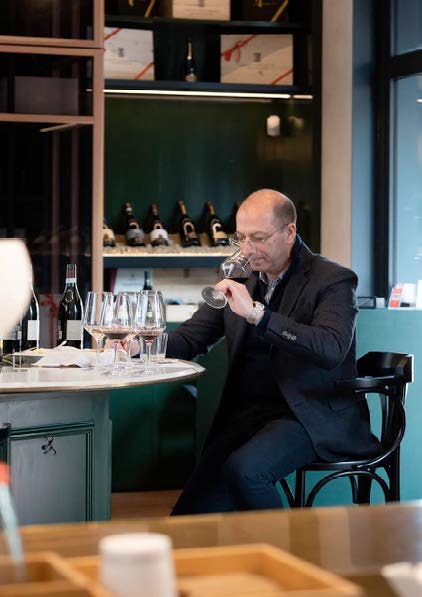
Margaux: What have been some of your most successful wine and food pairings? How do you pair a wine with complex Asian foods for example ?
Marco: Some of my best pairings, recently one was beef Wellington paired with Brunello di Montalcino Riserva 2006 by Le Potazzine winery. This was a perfect match, wine and beef enhanced each other. Another pairing that might sound simple was cold cuts (no spicy ones), such as parma prosciutto and smoked speck paired with Lagrein rosé by Pfannenstielhof winery (Lagrein is a native black grape from Alto Adige region, Italy). I find rosè wines made from Lagrein grape special, yes they of course have a lower tannin content than red wines, but this wine in particular has a good body, structure and very pleasant acidity and it goes perfectly with both fatty and lean cured meats. Many cured meats are full of flavours, like prosciutto and speck, and choosing the wrong wine such as a more structured red can make the flavour of prosciutto bitter, with the risk of breaking delicate balances. For this reason, it’s better to pair cold cuts with rosè wine. The acidity and juiciness of a Lagrein rosè will respect and enhance the taste of the cold cuts I mentioned and will take you on a neverending journey of wonderful sensations with an incredible persistence from both the wine and food.
Asian cuisine, on the other hand, has flavour profiles that range from sweet, spicy, sour, salty, bitter to umami, with many dishes combining several flavours in one. We all know ingredients like soy and fish sauce, ginger, lemongrass, kaffir lime leaves, and hoisin sauce, just to mention a few. In addition, spices and herbs such as cardamom, cumin, coriander, garam masala are not at all flat in aroma nor in flavour and they are often used in combination. These ingredients and spices are wonderful in Asian dishes, but flavours like these can very easily flatten out many wines, neutralising their fruity characters, and make them taste dull, hollow, bitter, oaky, or alcoholic. This is why matching Asian food with wine can be for a lot of people almost intimidating and this is understandable considering the variety and possible combinations of Asian flavours. In general, to pair with Asian food I would choose a light to medium-bodied white wine that is dry to semidry (off-dry) but certainly with high acidity. Clean, high acid wines have a refreshing vibrancy that is good to counter some Asian flavours. A good example of this kind of wine can be Sauvignon Blanc, which usually has a penetrating acidity and straight flavours. But also unoaked Pinot Gris, Spanish Albariños, and sparkling wines can be a good match. Aromatic wines with pronounced fruit flavours and high acidity work very well with some Asian strong flavours, like for example Rieslings from Germany, Austria, Alsace, and Australia. Juicy low-tannin red wines can be a good match too. In this case I would go for a Gamay from Beaujolais or a Spanish Garnacha (Grenache). Garnacha is more full bodied than Gamay, but can also be a good pairing. Always speaking in general, with Asian food we should avoid Chardonnays especially the ones with oaky and toasty notes as well as Cabernet Sauvignon and Merlot. One of my favourite thai dishes, Tom Kha Gai (coconut soup with chicken) is a spicy dish with a lot of flavours. Finding a perfect pair can be a challenge. In this case, the wine needs to have a good acidity level and citrus notes lemongrass, kaffir lime leaves, and hoisin sauce, just to mention a few. In addition, spices and herbs such as cardamom, cumin, coriander, garam masala are not at all flat in aroma nor in flavour and they are often used in combination. These ingredients and spices are wonderful in Asian dishes, but flavours like these can very easily flatten out many wines, neutralising their fruity characters, and make them taste dull, hollow, bitter, oaky, or alcoholic. This is why matching Asian food with wine can be for a lot of people almost intimidating and this is understandable considering the variety and possible combinations of Asian flavours. In general, to pair with Asian food I would choose a light to medium-bodied white wine that is dry to semidry (off-dry) but certainly with high acidity. Clean, high acid wines have a refreshing vibrancy that is good to counter some Asian flavours. A good example of this kind of wine can be Sauvignon Blanc, which usually has a penetrating acidity and straight flavours. But also unoaked Pinot Gris, Spanish Albariños, and sparkling wines can be a good match. Aromatic wines with pronounced fruit flavours and high acidity work very well with some Asian strong flavours, like for example Rieslings from Germany, Austria, Alsace, and Australia. Juicy low-tannin red wines can be a good match too. In this case I would
go for a Gamay from Beaujolais or a Spanish Garnacha (Grenache). Garnacha is more full bodied than Gamay, but can also be a good pairing. Always speaking in general, with Asian food we should avoid Chardonnays especially the ones with oaky and toasty notes as well as Cabernet Sauvignon and Merlot.
One of my favourite thai dishes, Tom Kha Gai (coconut soup with chicken) is a spicy dish with a lot of flavours. Finding a perfect pair can be a challenge. In this case, the wine needs to have a good acidity level and citrus notes to balance the coconut milk. In addition, from the wine we need some sweetness to calm down the spiceness. A dry Riesling Spätlese from Germany pairs very well with spicy Thai food in general and with this dish. It has the right acidity. If the soup is extra spicy, you can go for an off-dry Riesling Spätlese, or an off-dry Gewürztraminer or Pinot Gris from Alsace. If the soup is not typical spicy I suggest a Sauvignon Blanc from New Zealand. This wine melts all the flavours together and is a winner with many Asian dishes.
Yes, there are no doubts that it is difficult to pair wine and Asian food but it is not impossible. A lot of dishes, spices, herbs and flavour combinations make the pairing really hard. Even with a hot spicy Indian dish like chicken or pork Vindaloo there is room to pair wine. In this case the dominant flavours to match are the sauce and the spice level. The spices should be matched with a white with residual sugar or a fruity light red. Both served cool. Hot Indian food needs in fact an off-dry, fruity or flowery white wine. Again, Riesling Spätlese is excellent also with spicy Indian food. Pinot Gris and Gewürztraminer from Alsace (France) can also work well. Rosé wine can also be a choice but you have to go for something strong and fruity. For example, some Rosé wines made from Syrah grape with the “Saignée Method”, are darker, richer, and bolder compared to other Rosés. You should avoid light Provence Rosés. Also a Sparkling Rosé is a good match. If you want to drink red, choose a wine with fresh fruit and good acidity. And stay away from tannic wines. Along the lines of what I just said, try to experiment matching wine with the almost infinite Asian dish variations, in some cases you will be positively surprised!
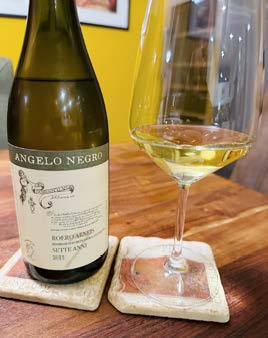
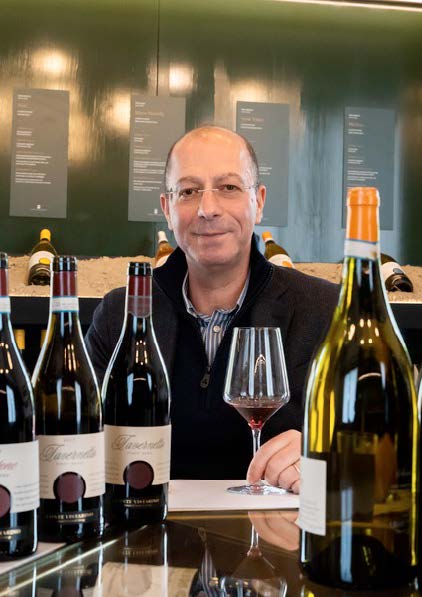
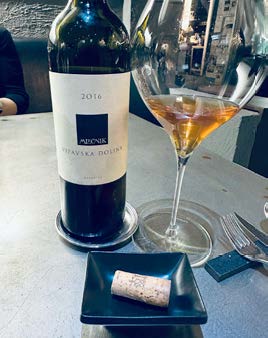
Margaux: What about working with cheeses, wild mushrooms, truffles and caviar?
Marco: Pairing wine and cheese is very interesting because there are infinite possibilities given the incredible number of cheeses you can find around the world. Avoid pairing an heavy wine with a mild cheese because the wine will completely overpower the cheese. The same happens with a strong cheese as it will overpower a light wine. In general, we can say that a light wine should be matched with a mild cheese, and a sweet or heavy wine with a bolder, more mature flavoured cheese. Some good pairings are for example, a typical fresh French goat cheese paired with young, crisp and dry white wines like Sauvignon Blanc, Vermentino and Chenin Blanc, etc.. This cheese can also be paired well with the acidity of sparkling wines, with light, unoaked, low tannin red wines and with some dessert wines like white Port and Fino Sherry. These pairings are fine also with soft cheese like Camembert. If we speak of aged cheese like for example an aged Comté, Grana Padano, Cheddar, etc. the right match would be with tannic red wines (Cabernet Sauvignon, Chianti/ Sangiovese), with full bodied white wines, with sparkling wines and with dessert wines (Sherry, Port, Vin Santo). When we speak about mushrooms we obviously mean Mushroom dishes, we need to take into account both the type of mushroom and the preparation of the dish with its spices and sauces which play an integral part in determining which wines will complement them. Starting from the mushroom variety, delicate varieties, like lobster, enoki, maitake, and oyster, are best served with lighter white wines, like sauvignon blanc, semillon, riesling, a light chardonnay, or light, fruity reds, like Beaujolais. Earthy mushrooms like shiitake, portabello, porcini and morel pair well with fuller bodied wines, like a barrelaged chardonnay, pinot noir, nebbiolo, syrah, cabernet sauvignon.
In my view, we should look for simplicity when we use mushrooms in a dish. Simple preparations means that the mushrooms’ flavours are drawn out and will stand out, which is actually what we want if we use beautiful wild mushrooms. This makes also wine pairing easier. One example, sautéed mushrooms in butter or olive oil, with light seasonings is a great way to emphasise the flavours of mushrooms. They can be used as a pasta sauce and paired with a pinot grigio or chardonnay. Of course, sometimes you need to prepare other dishes with mushrooms and other ingredients that might make the pairing difficult. In this case we can apply the kind of general rule I already mentioned. Light to medium bodied wines paired with delicate mushroom varieties (like chanterelle or oyster mushrooms), while earthier/meatier varieties (portobello, porcini, and shiitake, for example) pair better with bolder wines.
Regarding the pairing with truffles, well, we should know this very well in Italy, considering that Italy boasts the world’s oldest and largest tradition of truffle hunting, which is part of the UNESCO intangible cultural heritage list. In Italy there are more than 70,000 licensed hunters who search for truffles in the forests at night with their inseparable dogs, which are essential assets to detect the scent of truffles from under the soil.
Truffles are extremely aromatic, in fact you can smell the good quality ones from metres away. Considering that they have almost no taste, the ingredients on or with which they are used make a big difference to pair the right wine. Truffles have the unique ability to transpose the aromas of the earth into edible form. All truffles release musky nuances that recall the experience of walking in the woods after the rain. White truffles do the same but in an especially delicate and refined way.
I can make some examples of wine pairings with truffles and the main ingredients used with them. Aged Chardonnay wines with not too heavy oaky notes are a good match with white truffles on neutral and creamy dishes with eggs, like soft scrambled or baked eggs. A cheese fondue with white truffles is also a good pairing with an aged Chardonnay.
Tajarin (Piedmontese for tagliatelle) with butter and white truffle risotto also match complex white wines with a little bottle age like a good quality Trebbiano d’Abruzzo. This wine in particular can provide also honeyed and earthy flavours along with good acidity which makes it a perfect match for these dishes.
If we consider white truffle with meat as the main ingredient, a medium-bodied Nebbiolo pairs very well with a beef tartare (steak tartare). A medium-bodied Nebbiolo-based wine can also be paired with eggs and cheese dishes. If you prefer to have red instead of white wine, a fuller-bodied wine like a Barolo and a Barbaresco can be paired with a juicy fillet of beef with white truffle.
Generally, black truffles require slightly bolder and more rustic wines, richer and less elegant.
For example with Scamorza cheese and black truffles a full-bodied white wine made from neutral grapes such as oak-aged Vernaccia di San Gimignano or Chardonnay, which have less distinct aromas and are not aromatic.
If we want to pair some types of pasta and black truffles, for example Strangozzi (from Umbria ‘spaghetti’), as well as meat courses, the best choice is a medium-bodied red wine made from Sangiovese or Sagrantino grape, such as a Montefalco Rosso from Umbria, not a Sagrantino di Montefalco which is too full bodied. These are examples but there are plenty of medium-bodied red wines in Italy and abroad that can be paired with black truffles.
For the caviar I will not speak about the typical pairing with ice cold vodka because I will stick to wine. Chilled white wine is usually an appropriate pairing for nearly every type of caviar. What you need is a wine with moderate to low sweetness and a light body to avoid overwhelming the caviar. Very dry white wines should be avoided because of the salinity of the caviar. A slightly fruity wine with some citrus notes, high acidity, light body is the best match for the sapid and creamy caviar. Off-dry Riesling is a classic pairing with caviar, thanks to its moderate level of sugars, aromatic characteristics and minerality. Some wines from Chablis can also be good caviar companions because they are light and fruity, with hints of stone fruit and lime. Avoid buttery and oaky Chardonnay. The main concept for pairing wine with caviar is to avoid wines that can be protagonist, in this pairing wine has to be a kind of second character, and this is even more true with rare and expensive caviar such as Beluga caviar. To conclude, we can say that generally speaking most still white wines pair well with caviar as long as they are light, chilled and fruity.
Another world famous and excellent pairing is caviar with Champagne, a pairing that also symbolises luxury. But you can pair other sparkling wines as well, such as Spanish Cava and Italian Prosecco, with the same excellent result. I suggest you stick to the “brut” and “extra-brut” types of sparkling wines to keep sugar to a minimum and balance out the caviar saltiness. It is important to remember to use lemon on the caviar to increase the level of acidity.
High levels of sugar in wine can create an interesting unexpected contrast when paired with caviar. For this reason, sweet wines like Moscato, German Riesling, or even fortified wine can pair well because the caviar saltiness will balance out the wine sugars.
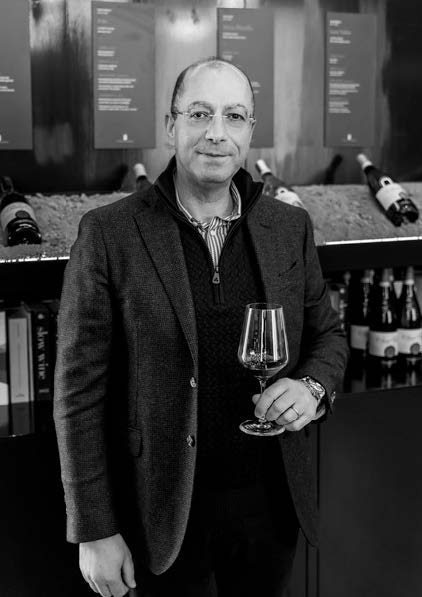
Margaux: Tell us about the growth of sparkling wines which have become extraordinarily popular especially during the Spring and Summer Seasons.
Marco: sparkling wines have always been associated with celebration but consumer habit has changed because these wines are more and more consumed in more casual occasions or as an everyday wine. According to some recent studies, the pandemic also contributed to change the way sparkling wine is perceived and these wines are now drunk at home more regularly. In any case, the pandemic has only accelerated an already growing trend of sparkling wines becoming more popular for casual day-to-day consumption. This trend is pushing this wine category into a new phase of growth. Someone has defined this process as “democratisation of sparkling wine”. Prosecco, for example, one of the Italian sparkling wine, produced with the tank method not the traditional method, is the world’s most popular sparkling wine. It sells more bottles than French champagne and Spanish cava combined.
It is a fact that sparkling wine is not only being associated with formal events and special occasions, to become a wine that can be enjoyed in more relaxed contexts and more frequently. This wine is now viewed as a relaxing drink at the end of the day and one that could be drunk during an informal meal at home.
Some data about sparkling wine consumption. The world’s most valuable sparkling wine market and its third largest volume market, the United States, reported its twentieth consecutive year of growth in 2022. In fact, between 2019 and 2022, the number of Americans drinking sparkling wine has increased by 30%. Not only are more people drinking sparkling wine, but they are also drinking it more frequently. According to a recent survey, almost a quarter of people interviewed reported drinking sparkling wine at least twice a week.
As you know, French people have always considered Champagne as a wine to be consumed daily throughout a meal and now this habit is spreading. I think this is a really good habit!
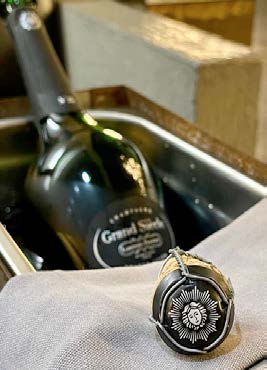
Margaux: While I had been in Milano for a few days just recently, I noticed the popularity of Trentino – Alto Adige Reds. I must say, the soul of these wines captured the essence of structure, longevity, harmonious seamlessness and paired perfectly with several dishes. Which of these reds, would you recommend?
Marco: when we speak about a region like Trentino-Alto Adige I’d like to focus on the native grapes from this region. Some of them are a true expression of the history and the multi-faceted terroir of the region. Two native black grapes from this region are Schiava and Teroldego. There are others of course.
Wines made from “La Schiava” grape, also known as Vernatsch, can be found in one of the subzones in the Alto Adige/ Südtirol DOC, which is called St. Magdalener/Santa Maddalena. The vineyards are located on the slopes around Bolzano, and the wines are made from at least 85% Schiava (Vernatsch) and a maximum of 15% of other local red grapes. One of my favourite is St. Magdalener Classico Annver by Pfannenstielhof winery with its freshness, pronounced fruit and floral aromas, and spicy notes. An incredibly elegant and balanced wine with its distinctive fruit component, mild acidity and velvety tannins. Regarding the pairing this wine is very flexible, it can pair with several dishes from the mountain regions or Mediterranen ones.
I was impressed by a Teroldego based wine, which is the Teroldego Rotaliano Luigi Riserva by Dorigati winery. In particular, I tasted the 2018. This wine is made from grape from the cru “vigna Sottodossi”. The wine has a deep red ruby colour. On the nose, notes of black plum and blackberry are intertwined with aromas of cocoa, balsamic notes and liquorice. On the palate, a wonderful harmony between freshness, fruitness and good structure leads towards a long balsamic and fruity finish. This wine is the perfect match for a typical dish from the region: venison fillet with blueberries.


